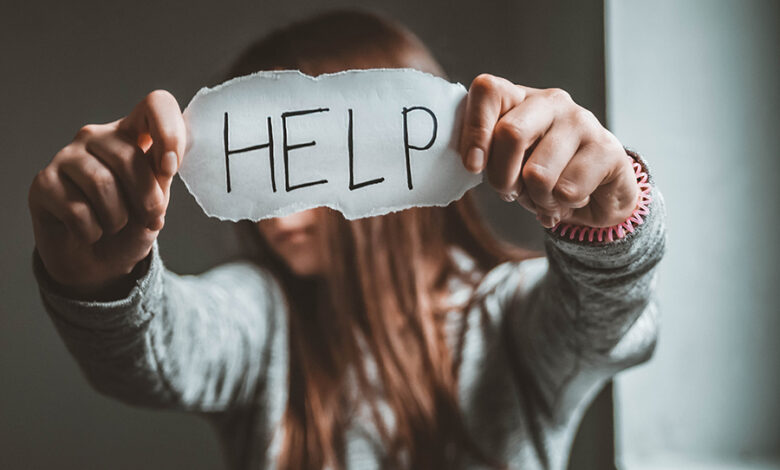Domestic Violence and Abuse Prevention

Domestic violence and abuse are major issues that affect millions of people around the world. It is a pervasive problem that can happen to anyone regardless of gender, age, race, or socioeconomic status. In this article, we will discuss domestic violence and abuse prevention, including its definition, types, and ways to prevent it.
Definition of Domestic Violence and Abuse
Domestic violence and abuse refer to the physical, sexual, emotional, or psychological abuse that happens within a family or intimate relationship. It is a pattern of behavior that is used to gain power and control over another person. Domestic violence and abuse can take many forms, including but not limited to:
- Physical abuse: hitting, punching, slapping, choking, or using a weapon to harm someone.
- Sexual abuse: forcing someone to engage in sexual acts against their will or without their consent.
- Emotional abuse: controlling, belittling, or humiliating someone to undermine their self-worth and self-esteem.
- Psychological abuse: threatening, stalking, or intimidating someone to instill fear and control over them.
Types of Domestic Violence and Abuse
Domestic violence and abuse can occur in various types of relationships, including romantic partners, family members, and roommates. The most common types of domestic violence and abuse are:
- Intimate partner violence: abuse that happens between two people in an intimate relationship, such as spouses, partners, or dating couples.
- Child abuse: physical, sexual, or emotional abuse of a child by a parent, caregiver, or another family member.
- Elder abuse: physical, sexual, or emotional abuse of an elderly person by a caregiver or family member.
- Domestic violence against men: although women are more likely to experience domestic violence, men can also be victims.
Ways to Prevent Domestic Violence and Abuse
Domestic violence and abuse prevention involve taking steps to create a safe and healthy environment for everyone. Here are some ways to prevent domestic violence and abuse:
1. Raise Awareness
The first step in preventing domestic violence and abuse is to raise awareness of the issue. This involves educating people about the different forms of domestic violence and abuse, the warning signs, and the resources available to help victims.
2. Promote Healthy Relationships
Promoting healthy relationships involves teaching people about healthy communication, conflict resolution, and respect for boundaries. It also involves encouraging people to seek help when they are experiencing problems in their relationships.
3. Empower Survivors
Empowering survivors involves providing them with the support and resources they need to leave abusive relationships and rebuild their lives. This includes access to shelters, legal services, and counseling.
4. Hold Abusers Accountable
Holding abusers accountable involves enforcing laws and policies that protect victims and punish abusers. This includes restraining orders, criminal charges, and mandatory counseling or treatment programs.
5. Support Research
Supporting research on domestic violence and abuse can help identify risk factors and effective prevention strategies. This can lead to better policies and programs that can prevent domestic violence and abuse.
Conclusion
Domestic violence and abuse are serious issues that affect many individuals and families. It can take many forms, including physical, emotional, sexual, and financial abuse. It is important to recognize the signs of domestic violence and abuse and take action to prevent it. This can include educating yourself and others about the issue, seeking help if you or someone you know is experiencing abuse, and supporting survivors of domestic violence and abuse.
Remember, domestic violence and abuse can happen to anyone regardless of age, gender, sexual orientation, race, or socioeconomic status. It is never okay and there is help available.
If you or someone you know is experiencing domestic violence and abuse, please reach out to a local domestic violence hotline or shelter for support and resources. You are not alone and there is hope for a brighter future.



